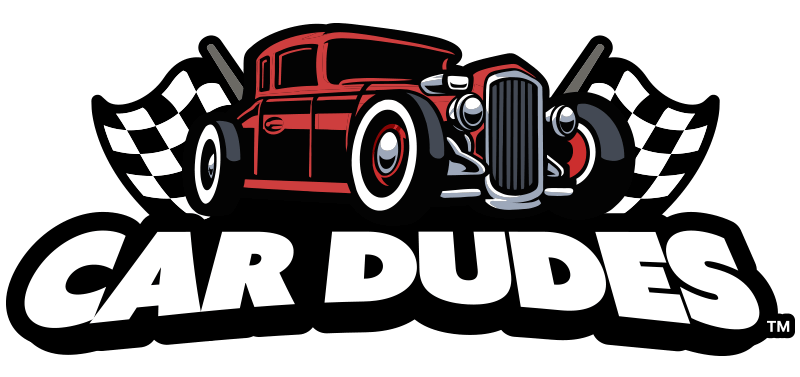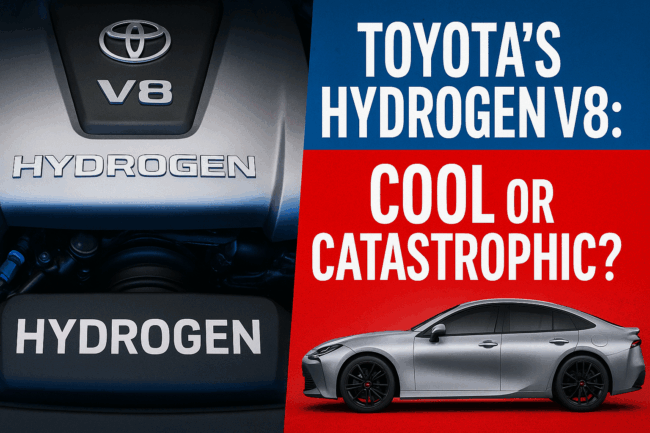Top 10 Racing 16Pcs Active Fuel Management Valve Hydraulic Roller Lifters Compatible with GMC Cadillac Chevrolet Chevy Buick Pontiac 4.3L 5.3L 6.0L 6.2L Replaces 12569256 12645725 12680871
Technical Details
| Manufacturer | TOP 10RACING |
|---|---|
| Part Number | 12569256 |
| Item Weight | 5.13 pounds |
| Package Dimensions | 5.79 x 5.75 x 3.62 inches |
| Batteries Included? | No |
| Batteries Required? | No |
Product Warranty: For warranty information about this product, please click here
by CarDudes.net
Why these Hydraulic Lifters are an integral part of an internal combustion engine’s valve train system. They help maintain proper valve lash and ensure smooth operation of the engine. Over time, hydraulic lifters can wear out or become damaged, leading to various symptoms. Here are some indications that might suggest it’s time to replace hydraulic lifters:
-
Ticking or tapping noise: A common symptom of worn or faulty lifters is a persistent ticking or tapping noise coming from the engine. This sound is caused by inadequate hydraulic pressure or wear in the lifter components.
-
Poor engine performance: If the lifters are not functioning correctly, it can affect the engine’s performance. You may notice a loss of power, reduced fuel efficiency, or rough idling. The valves may not open and close properly, affecting the combustion process.
-
Misfiring: Faulty lifters can cause misfiring in the engine, leading to a rough-running or vibrating sensation. This is because improper valve operation can disrupt the combustion sequence.
-
Overheating: Hydraulic lifters that are failing or worn out can cause excessive heat buildup in the engine. If you notice your engine is running hotter than usual or frequently overheating, it could be a sign of lifter problems.
-
Loss of oil pressure: Hydraulic lifters rely on sufficient oil pressure to operate correctly. If the lifters are failing, they may not be receiving adequate oil supply, resulting in a drop in oil pressure. This can trigger warning lights on the dashboard or a low oil pressure reading on the gauge.
If you experience any of these symptoms or suspect issues with your hydraulic lifters, it’s best to get a second opinion to inspect and diagnose them early on. Then you can determine whether the lifters need replaced or if there are other underlying issues that may be causing the symptoms.
By CarDudes.net
Hydraulic Lifters: Their Function and Impact on Engine Performance
Introduction: Internal combustion engines rely on a precise and synchronized interplay between various components to deliver optimal performance. One critical component that plays a vital role in this process is the hydraulic lifter. Hydraulic lifters are an integral part of the engine’s valve train system, facilitating smooth operation and precise control of the valves. In this article, we will explore the function of hydraulic lifters, their inner workings, and their significant impact on engine performance.
I. Understanding Hydraulic Lifters: A. Definition and Purpose: Hydraulic lifters, also known as hydraulic valve lifters or hydraulic tappets, are small cylindrical components located in the engine block. Their primary purpose is to ensure proper valve operation by maintaining the necessary valve lash, compensating for variations caused by thermal expansion and other factors.
B. Construction: Hydraulic lifters consist of several essential components, including a body, plunger, check valve, pushrod seat, and an internal hydraulic mechanism. These components work together to provide smooth and controlled movement of the engine’s valves.
II. How Hydraulic Lifters Work: A. Valve Lash and Valve Train System: To understand the function of hydraulic lifters, it’s important to grasp the concept of valve lash and the overall valve train system. Valve lash refers to the small gap or clearance between the rocker arm and the valve stem when the valve is fully closed. This gap allows for thermal expansion and ensures proper valve seating.
B. Hydraulic Lifter Operation:
-
Valve Closed Position: In the closed position, the hydraulic lifter is pressurized with engine oil, which fills the small chamber within the lifter body. The pushrod seat is depressed, keeping the valve closed while maintaining minimal valve lash.
-
Valve Opening: When the camshaft lobe pushes against the lifter, it overcomes the oil pressure, causing the plunger to move upwards. This upward movement forces the pushrod seat upwards as well, initiating the valve opening process.
-
Valve Closing: As the camshaft lobe rotates away from the lifter, the plunger is pushed back down by a spring within the lifter body. This action reduces the pressure in the lifter, allowing the valve to close. The lifter then returns to its initial pressurized state.







